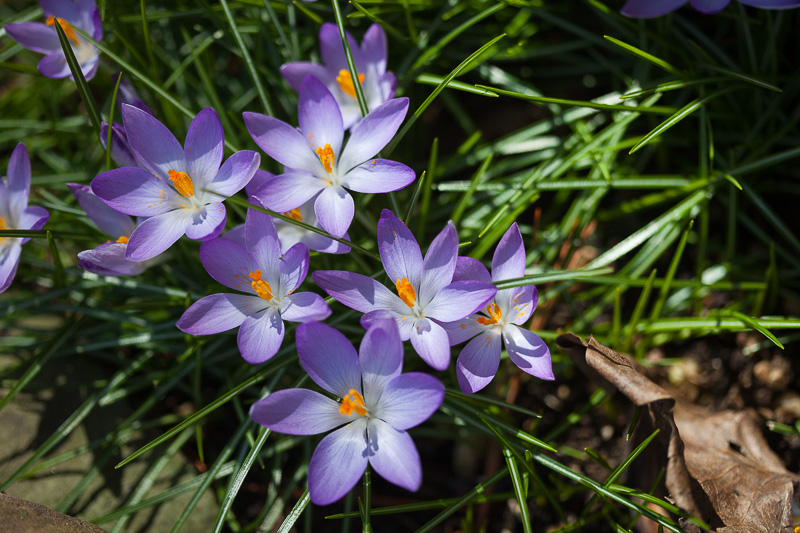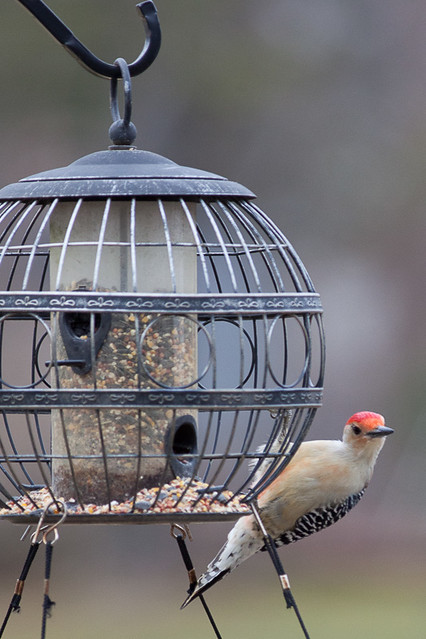ProverbHunter tells us:
Happy is the country that has no historyIndia didn't have Herodotus-type history until after 1000 AD. Perhaps not coincidentally, this era corresponds to the tremendously destructive invasions of Mahmud of Ghazni.
Often ‘nation’ is used instead of ‘country’ . Eduard Gibbon wrote in The Decline and Fall of the Roman Empire: ‘History is, indeed, little more than the register of the crimes, follies, and misfortunes of mankind.’ Thomas Jefferson wrote: ‘Blest is that Nation whose silent course of happiness furnishes nothing for history to say.’



